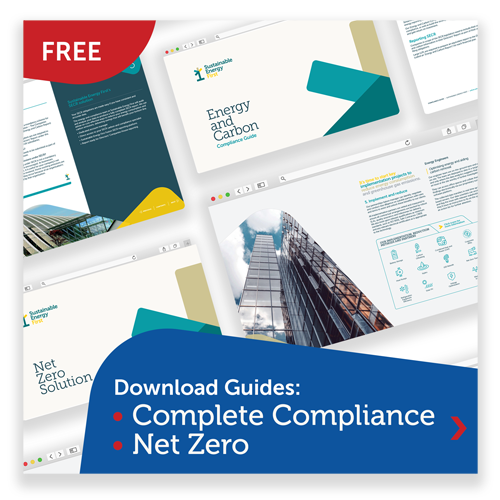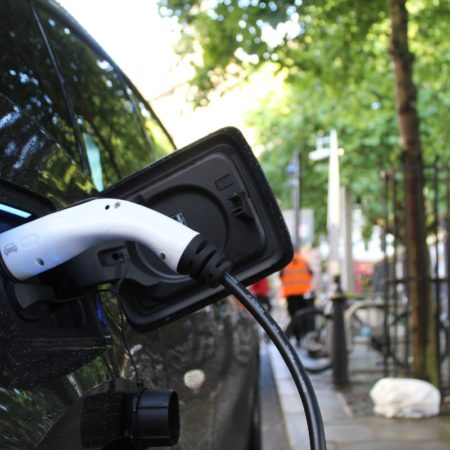Many large businesses still don’t have an official climate strategy, and even those that do aren’t necessarily making the progress needed. To achieve real climate action, you need to get emissions cuts on the Board agenda – but how can you do that if you’re not part of the executive team?
Leverage your USP
Nobody is unaware that climate is a serious issue, and every Board member will know that they “should” be doing something about it. But this often doesn’t translate into action, because what’s being asked of them is too broad and vague.
Your best chance of getting net zero on the Board agenda is to narrow it down. Every non-executive director is appointed for a specific reason: your knowledge, your track record, your contacts in the sector, your values. Think about exactly why you are seen as adding value to the organisation, and use this to get across your climate message. It is likely that your area of expertise will align with one of the following powerful drivers for action:
- Logistical/operations. Has the business fully worked out the impact that climate change will have on its day-to-day operations? Do they have a plan for what will change in different scenarios?
- Reputation/PR. Is the business aware of the reputational risk associated with being seen to do nothing on climate change? Conversely, is it taking advantage of all the opportunities associated with being a climate leader?
- Investor criteria. There has been a serious attitude shift among investors in recent years and climate is a much more important criterion than it used to be. Is the business doing what it can to attract the new climate-conscious generation of investors?
- Regulations. Businesses are required by law to do more in terms of monitoring and taking action on emissions than they used to be. Is the organisation fully compliant?
- Risk. Is the business taking all climate-related risks, financial and otherwise, into account in its strategy?
Have a clear plan – or two
The drivers for corporate climate action overlap with each other, so it’s quite likely that your area of expertise will touch on more than one. The key is that when you raise the issue of climate action, it relates directly to the reason or reasons why they got you on board in the first place.
As well as a clear case for action, you should have an outline of what specific actions should be taken. The Board will be more likely to act quickly if you can offer them a ready-made plan. Having two alternative plans is even better because it gives them options. If you frame the choice as being about which course of action to take, it moves the discussion beyond questioning why they need to take climate action in the first place.
It is quite possible that the business is missing key information that it needs to develop a robust climate strategy, whether that’s about its own emissions, risk profile or whatever. The business should prioritise gathering that information, and your plan should allow for the necessary data-gathering to take place.
Emphasise the opportunities
When talking about an issue as literally life-threatening as climate change, it is tempting to use extremely negative messaging to convey the urgency involved. But your pitch to the Board should also acknowledge the opportunities in this area. Taking prompt action on emissions might also mean:
- Building a reputation as green leaders in your field
- Developing a new customer base
- Attracting a higher calibre of potential employees
- Attracting new investors
Demonstrating the clear opportunities alongside the risks will make the case for action more compelling.
Remember that you have been chosen for a reason and don’t underestimate the power of your voice as a non-executive director to bring about real, lasting change.























